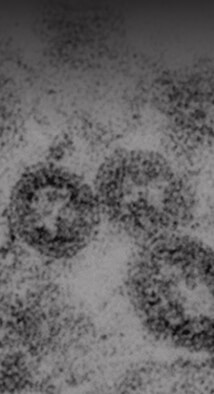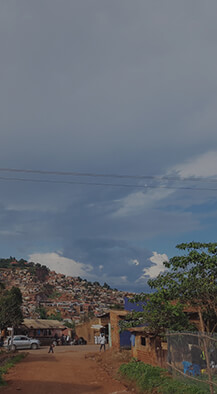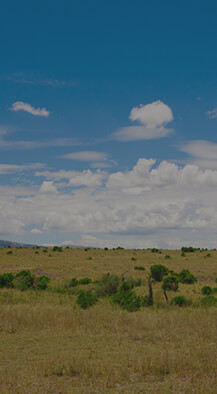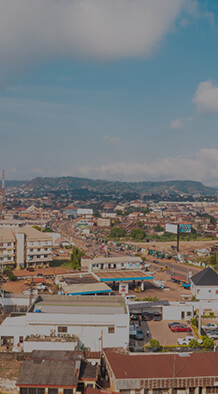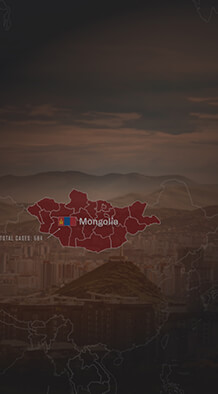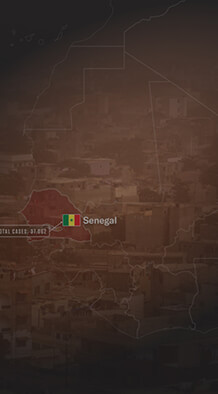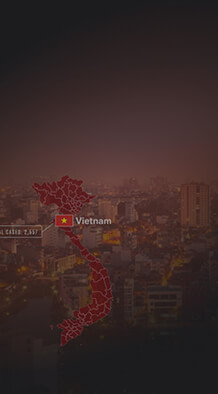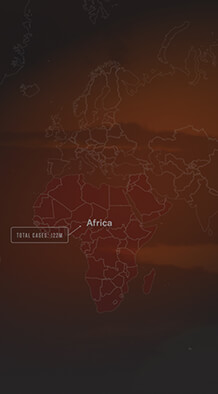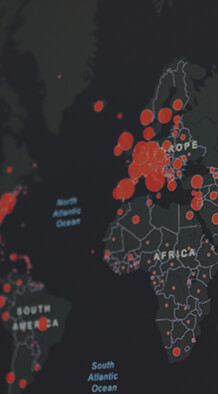COVID-19

Case Study:
COVID-19 in
Vietnam
Cases Overview*
- 11.M Total Cases
- 0 Total Vaccines Administered
- 43.2K Deaths
When SARS-CoV-2 arrived in Vietnam in late January 2020, the government was ready to respond based on weeks of intensive preparations, underpinned by years of proactive work to build effective outbreak response systems and work towards a universal healthcare system.
ABOUT SARS-COV-2
On December 31, 2019, a statement from the Wuhan Municipal Health Commission describing cases of pneumonia caused by an unknown virus was reported to the World Health Organization office in China.1 By April 2021, COVID-19, the disease caused by SARS-CoV-2, had killed more than 3 million people and infected at least 140 million worldwide.2
SARS-CoV-2 is a novel coronavirus. Coronaviruses were identified as a cause of the common cold in humans in the 1960s but were not considered a threat to public health. While colds can sometimes cause severe illness in infants and the elderly, they did not generally pose a great danger to the general population. That changed with the emergence of severe acute respiratory syndrome (SARS) in 2002 and Middle East respiratory syndrome (MERS) in 2012, both caused by new human coronaviruses that are more lethal and can cause severe illness in normally healthy people.3
By March 11, 2020, WHO had declared COVID-19 a global pandemic, prompting extreme lockdown measures and travel restrictions as the deadly disease spread all over the world. As humans had not yet encountered COVID-19, there was no natural immunity or established care protocols, and governments relied on public health and social measures such as quarantines, mask use and physical distancing to slow the spread while the scientific community rushed to develop treatments and vaccines.
Scientists were able to develop vaccines to protect against COVID-19 in less than a year. Typically, vaccine development takes five to 10 years.4 Doctors have also learned to better manage patient care, which in some areas has improved life expectancy. Still, there is no cure for COVID-19, and it may take years for vaccines to reach the global population. While countries work to address major hurdles to equitable distribution of vaccines, continued public health measures are still needed to save lives.
Disclaimer: These stories showcase various countries that executed preparedness plans to mount a strong initial response to COVID-19. As the pandemic stretches on and tests the capacities of all countries’ response efforts, increased cases, deaths and response missteps may still occur.
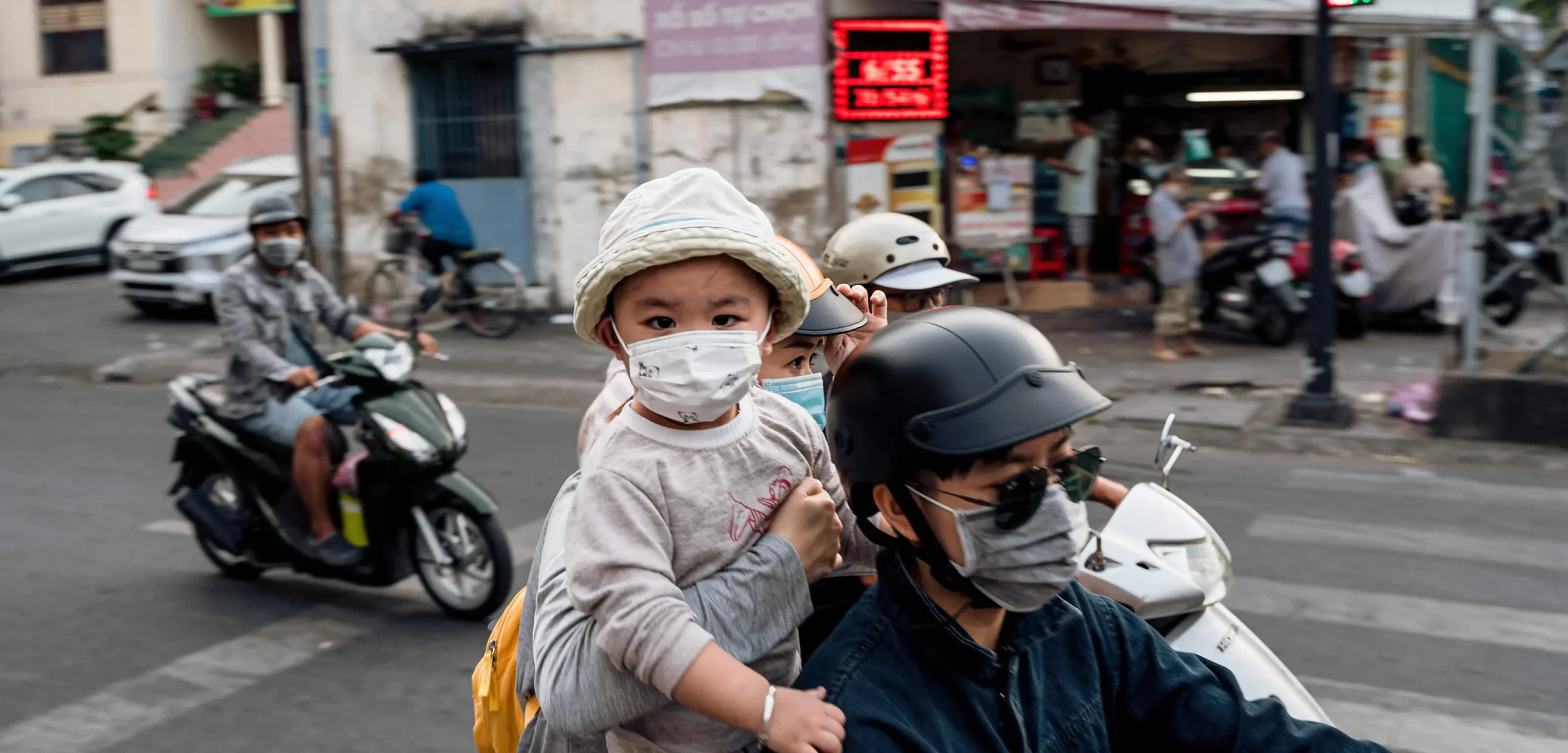
WHAT HAPPENED
On January 22, 2020, a 65-year-old Chinese man and his son, both residents of Vietnam, arrived at Cho Ray Hospital, the largest hospital in Vietnam, with concerning symptoms. The man had recently traveled to Wuhan, China, with his wife. Upon their return home to Ho Chi Minh City, Vietnam, the couple visited their son and traveled to four different cities using various forms of transportation.5, 6 Swabs of both father and son came back positive for the novel coronavirus, and health officials worried about what this would mean for the spread of the virus in Vietnam. On January 23, 2020, the day the two men tested positive, three Vietnamese women returning from a business trip to Wuhan arrived at two different hospitals presenting with COVID-19 symptoms; all eventually tested positive.7 COVID-19 had arrived in Vietnam.
THE RESPONSE
Hospitals in Vietnam were prepared to treat COVID-19 patients when they began to arrive on January 22 and 23. When the first cases of viral pneumonia were reported in China on New Year’s Eve of 2019, Vietnamese officials worried that the disease could be similar to severe acute respiratory syndrome (SARS) and began immediate preparations to respond. Just over two weeks later, on January 16, the government released a COVID-19 response plan and by January 20, hospitals were preparing to properly isolate, treat and manage patients. The next day, national surveillance guidelines for COVID-19 were published and a week later, a national committee was launched to manage a “whole of government” strategy.
As a result, when hospitals saw the first patients, appropriate isolation measures were quickly taken. Hospitals outfitted workers in personal protective equipment from a robust stockpile. At the start of COVID-19, Vietnam already had 12,000 trained contact tracers, compared with only 2,200 in the United States, a country with more than three times the population.8 As a result, when patients tested positive, contacts were quickly traced, quarantined and tested, keeping cases from spiraling out of control.9
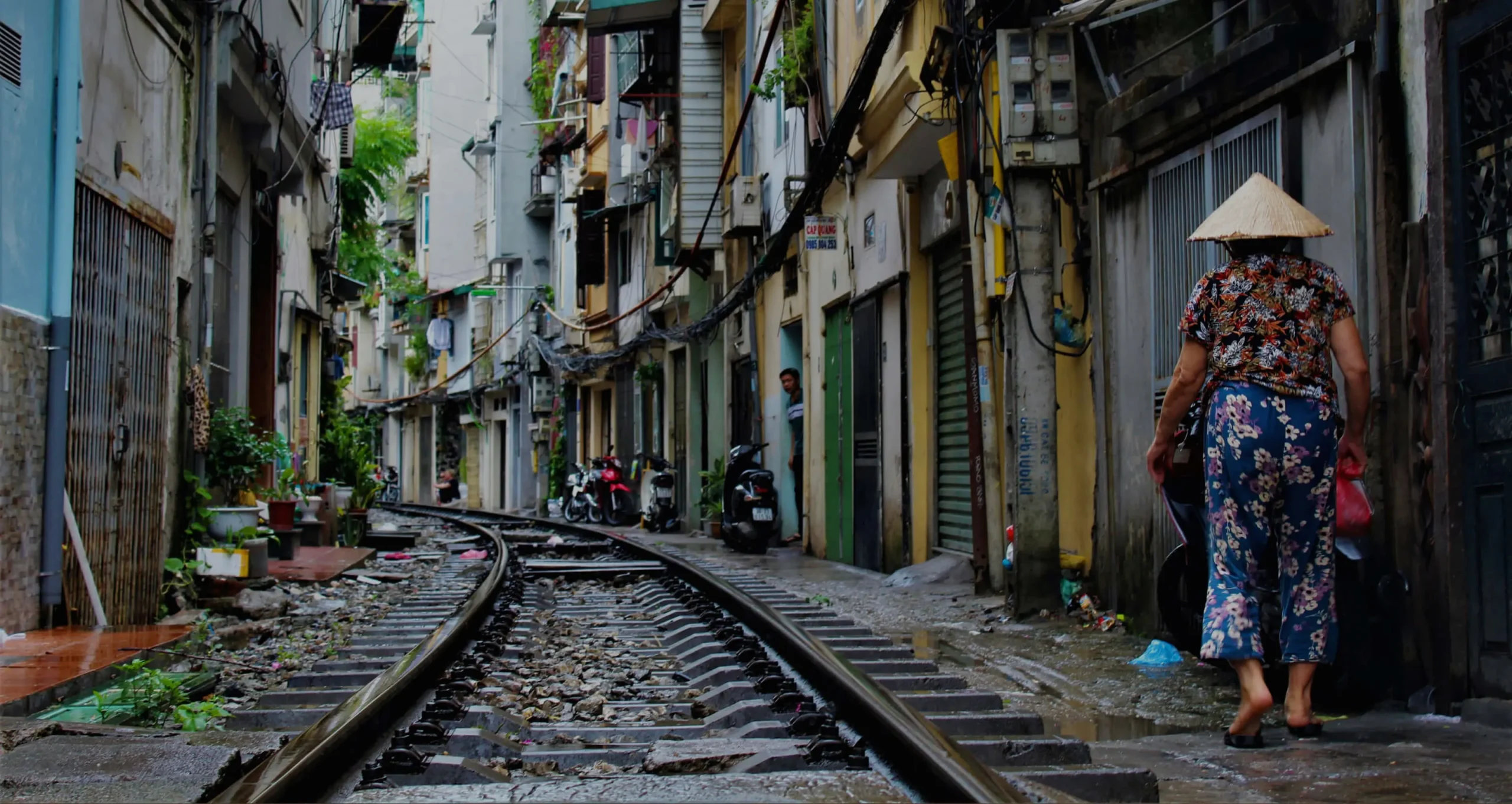
Key Preparedness Factors
-
Risk Assessment & Planning
-
Emergency Response Operations
-
National Laboratory System
-
Disease Surveillance
-
National Legislation Policy & Financing
-
Human Resources
-
Risk Communications
The success of Vietnam’s response was not just attributable to quick action in January. Vietnam had spent years preparing for a disease outbreak, increasing per capita health spending by 9% per year since 2000. This was not the country’s first experience with a novel coronavirus, as Vietnam had been badly affected by the 2002—2003 SARS outbreak. Vietnam was the second country to be impacted by SARS, which infected 63 health care workers, resulting in five deaths. But thanks to quick action by the government, Vietnam was the first country to stem the outbreak.10 The government’s response to SARS became the foundation for a game plan for future outbreaks and prompted the government to build a national disease surveillance system and national public health operations center. By 2016, hospitals across the country were tracking events in real time, reporting potentially dangerous diseases to national authorities within 24 hours of detection.11
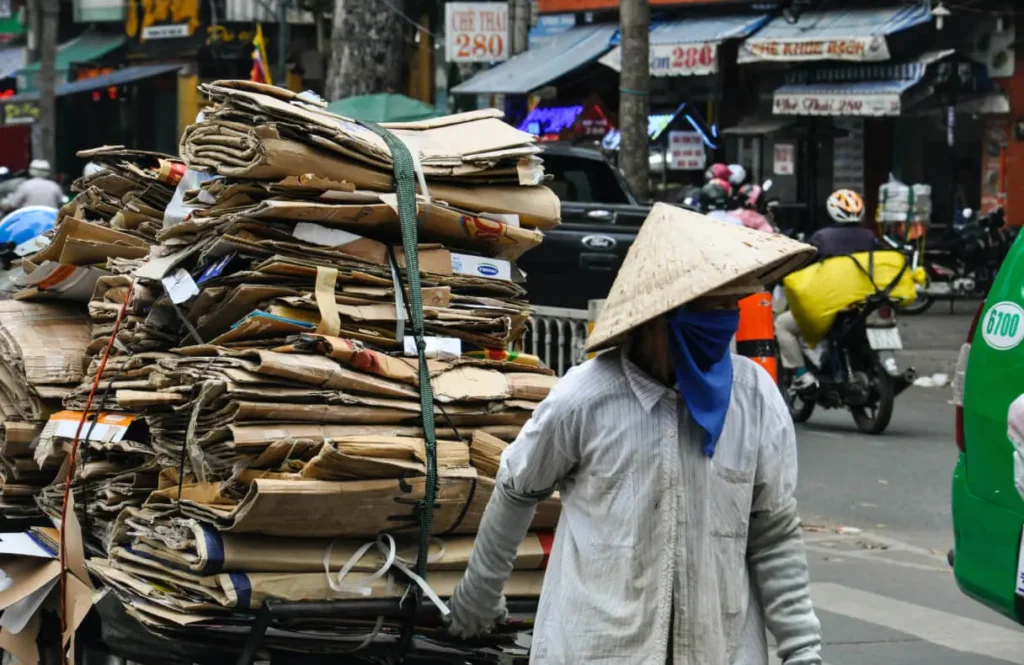
Thanks to its years of epidemic preparedness and commitment to saving lives, Vietnam is one of the countries with the fewest COVID-19 cases and deaths in the world.

In its response to COVID-19, Vietnamese officials stated that the response would prioritize saving lives above economic impacts. This policy led to a cascade of effective policies. In January 2020, government officials met with test makers to encourage development of COVID-19 tests; between early February and early March, multiple locally developed tests were released. Testing scaled up quickly, expanding from two sites in January to 120 by May.
Vietnam instituted effective contact tracing policies that identified close contacts, who were isolated at hospitals if positive or quarantined at government facilities for 14 days if negative. To carry out effective contact tracing, public health officials coordinated with the military and other civil servants and localities. To ensure widespread access to care, all COVID-related health care has been provided free of charge.12
Despite keeping COVID-19 largely contained throughout the country, cases began to emerge in Da Nang in July, signaling that the virus had been spreading locally without detection for some time.13 The outbreak prompted a reinforcement of successful policies—social distancing, mask-wearing, bans on public gatherings, travel restrictions, contact tracing and testing. After mask-wearing fell to 35% in late July, following the relaxation of efforts due to the initial success of the COVID-19 response, it increased to 90% by early August.14 As Da Nang is a popular vacation destination, more than one million people who had traveled there in July were identified for tracing in provinces across Vietnam. Officials also locked down the local hospital and set up field hospitals to manage care while testing one person from each of 70,000 households. In all, 550 cases were identified from July 23 to September 2, when the local outbreak was declared over.
Despite setbacks and local flare ups, Vietnam had fewer than 1,800 cases of COVID-19 as of January 30, 2021—one year after WHO declared a Public Health Emergency of International Concern—and 35 deaths (all of which occurred during the Da Nang outbreak).
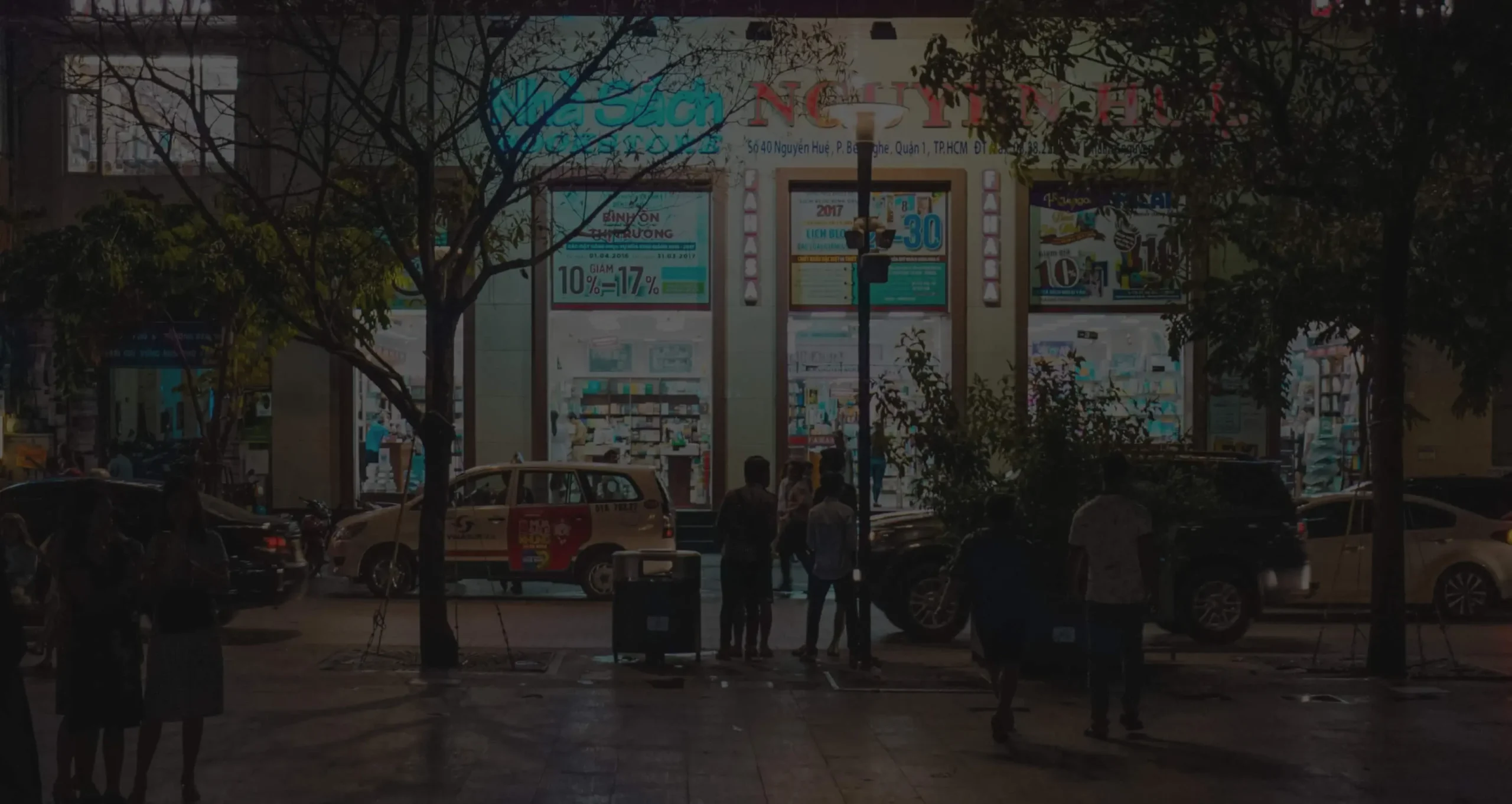
[Vietnam] just did everything you're supposed to do…but it's not like they did something magical.
Todd Pollack, an infectious disease specialist at the Partnership for Health Advancement in Vietnam, as quoted in Nature
*Compiled from the COVID-19 Dashboard by the Center for Systems Science and Engineering at Johns Hopkins University
References
- World Health Organization. (2020a). Timeline: WHO’s COVID-19 response. https://www.who.int/emergencies/diseases/novel-coronavirus-2019/interactive-timeline
- The New York Times. (2021, March 15). Coronavirus World Map: Tracking the Global Outbreak. The New York Times. https://www.nytimes.com/interactive/2020/world/coronavirus-maps.html
- Cui, J., Li, F., & Shi, Z. (2018, December 10). Origin and evolution of pathogenic coronaviruses. Nature Reviews Microbiology. https://www.nature.com/articles/s41579-018-0118-9
- Johns Hopkins Coronavirus Resource Center. (n.d.). Vaccine Research & Development. https://coronavirus.jhu.edu/vaccines/timeline
- Phan, L. T., Nguyen, T. V., Luong, Q. C., Nguyen, T. V., Nguyen, H. T., Le, H. Q., Nguyen, T. T., Cao, T. M., & Pham, Q. D. (2020). Importation and Human-to-Human Transmission of a Novel Coronavirus in Vietnam. New England Journal of Medicine, 382(9), 872–874. https://www.nejm.org/doi/10.1056/NEJMc2001272
- Phan, L. T., Nguyen, T. V., Luong, Q. C., Nguyen, T. V., Nguyen, H. T., Le, H. Q., Nguyen, T. T., Cao, T. M., & Pham, Q. D. (2020). Importation and Human-to-Human Transmission of a Novel Coronavirus in Vietnam. New England Journal of Medicine, 382(9), 872–874. https://www.nejm.org/doi/10.1056/NEJMc2001272
- Van Cuong, L., Giang, H. T. N., Linh, L. K., Shah, J., Van Sy, L., Hung, T. H., Reda, A., Truong, L. N., Tien, D. X., & Huy, N. T. (2020). The first Vietnamese case of COVID-19 acquired from China. The Lancet Infectious Diseases, 20(4), 408–409. https://www.thelancet.com/journals/laninf/article/PIIS1473-3099(20)30111-0/fulltext
- Nature Briefing. (2020). Why many countries failed at COVID contact-tracing — but some got it right. Nature. https://www.nature.com/articles/d41586-020-03518-4
- Nguyen, T. V., Tran, Q. D., Phan, L. T., Vu, L. N., Truong, D. T. T., Truong, H. C., Le, T. N., Vien, L. D. K., Nguyen, T. V., Luong, Q. C., & Pham, Q. D. (2021). In the interest of public safety: rapid response to the COVID-19 epidemic in Vietnam. BMJ Global Health, 6(1), e004100. https://reliefweb.int/sites/reliefweb.int/files/resources/e004100.full_.pdf
- CNN. (2003, April 28). How Vietnam beat the bug. CNN. https://edition.cnn.com/2003/WORLD/asiapcf/east/04/28/sars.vietnam/
- Our World in Data. (2021, March 5). Emerging COVID-19 success story: Vietnam’s commitment to containment. https://ourworldindata.org/covid-exemplar-vietnam
- Our World in Data. (2021, March 5). Emerging COVID-19 success story: Vietnam’s commitment to containment. https://ourworldindata.org/covid-exemplar-vietnam
- Pearson, J. (2020, July 30). In just days, Vietnam shifts from virus-free paradise to panic. Reuters. https://www.reuters.com/article/us-health-coronavirus-vietnam-spread/in-just-days-vietnam-shifts-from-virus-free-paradise-to-panic-idUSKCN24V1ZQ
- Nguyen, T. V., Tran, Q. D., Phan, L. T., Vu, L. N., Truong, D. T. T., Truong, H. C., Le, T. N., Vien, L. D. K., Nguyen, T. V., Luong, Q. C. & Pham, Q. D. (2021). In the interest of public safety: rapid response to the COVID-19 epidemic in Vietnam. BMJ Global Health, 6(1), e004100. https://reliefweb.int/sites/reliefweb.int/files/resources/e004100.full_.pdf
